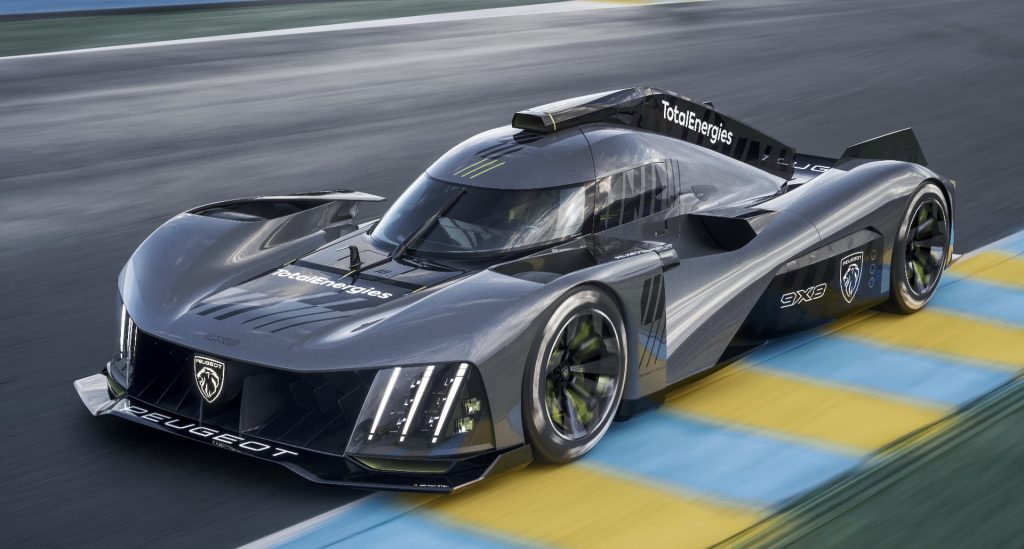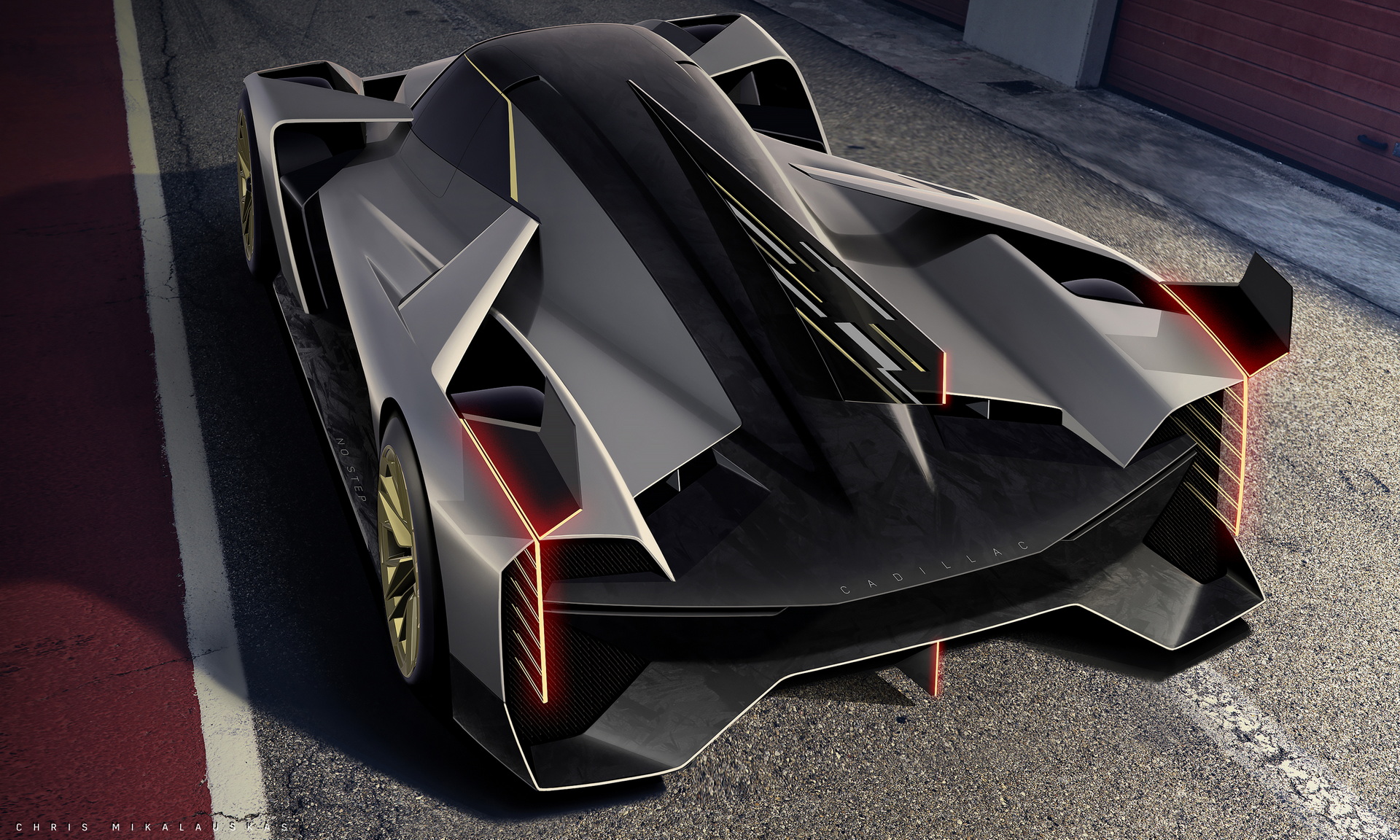Cadillac revealed that it will be returning to Le Mans and IMSA with a new racecar that, at the sole rendering released at least, has no large rear wing. This follows the lead set by the Peugeot 9X8 Hypercar, which also eschews the big wing.
How can these cars hope to compete against Le Mans Hypercars like the Toyota GR010 HYBRID that do possess big, obvious aero elements? Thanks to a new rules philosophy taken by the organizers.
Race teams have long known about ground effects, but Le Mans (and F1) rule makers have mandated that racecars fit within strict geometrical limits to force them to rely on over-body aerodynamics, which were historically considered to be safer.
Read More: 2022 Peugeot 9X8 Le Mans Hypercar Is A Wingless Wonder
The team designing the rules for the Le Mans Hypercar Class, though, decided to change its philosophy and instead mandate only that cars make no more than a certain amount of downforce, and no less than a certain amount of drag, per the video below from Driver61.
Cleverly, the rule-makers deliberately chose figures that are not particularly hard to meet in order to encourage smaller teams to compete. That also means, though, that teams no longer need to put big wings on their cars to maximize downforce.
Wings (and other over-body aero elements) do, however, have the advantage of being easier to adjust and balance than underbody aero elements. The team at Peugeot, though, has cleverly placed the point with the highest downforce under the middle of its car. That means that it can maintain aerodynamic balance to make its car as easy to drive as possible.
Whether or not it will work in competition remains to be seen, but Cadillac’s recent teaser image suggests that it’s interested in the concept as well. All of which may be the greatest advantage of these new rules: teams are given the freedom to explore new design concepts and send more interesting vehicles onto the track.





